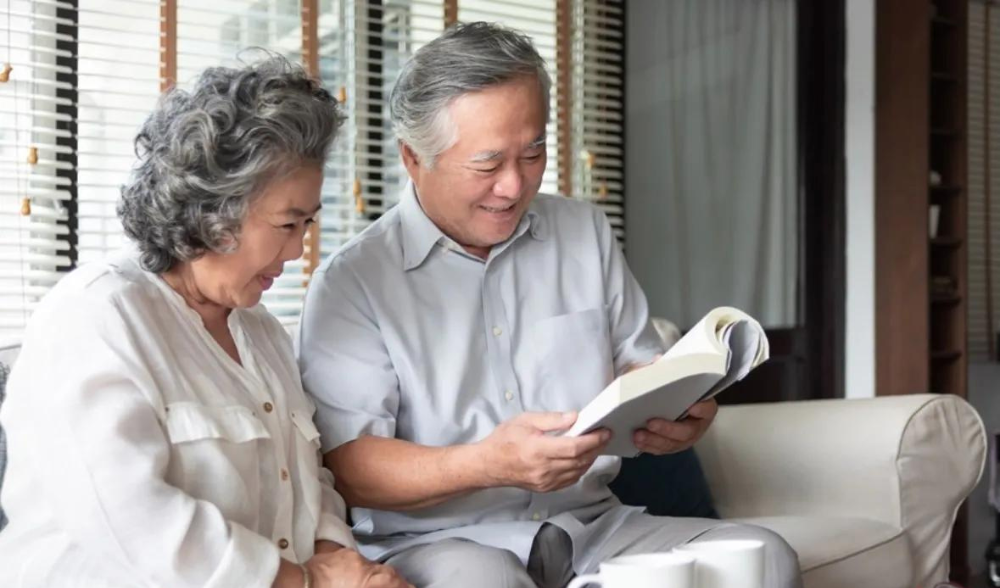IREH KIM WRITES – While South Korea has gained great popularity internationally through K-pop, media, and technology, the country faces a severe problem domestically: it has the highest suicide rate of any developed nation.
Statista reports that 13 thousand people took their own lives in 2021, averaging 26 deaths for every 100,000 people. The suicide rate had been rising since 2000, with 13.7 deaths per 100,000. The rate peaked in 2011 with 31.7 deaths, then declined, only to increase from 25.7 to 26 in 2020-2021. More worrisome is the fact that the highest suicide rate is among the elderly at 61.3 per 100,000 people, recorded in 2021.
The question, of course, is why? What makes the elderly population of South Korea at increased risk for suicide? Economic disparities, for one. More than half of South Korea’s elders live in poverty. The Organization for Economic Cooperation and Development ranked “South Korea as having, by far, the highest rate of impoverished elderly among the 34 developed nations,” with lack of income shown to be the second leading reason for suicide.
South Korea thrives internationally due to its competitiveness, and as the middle and upper classes rise economically, elders are often left behind. Although 45 percent of senior citizens are actively employed, many work low-paying jobs. The majority, around 68.5 percent, rely on collecting cardboard pieces and paper to make an average of about “200,000 Won (US$ 139.87) per month and 2,200 Won (US$ 1.54) per hour” compared to the average monthly wage of $3,562.35. This huge income disparity leads to senior citizens living in poor conditions, with worsening mental and physical health.
There are some cultural barriers, too, that make it especially difficult for the elderly. It is still taboo to seek mental health support in South Korea, a culture deeply rooted in Confucianism, which values family over the individual. To uphold family honor, one must appear competent, intelligent, and most importantly, strong. Seeking professional help in dealing with emotions is viewed as weak. The Korean Ministry of Health and Welfare’s 2016 survey found that out of the 25.4% of South Koreans with a mental disorder, only 9.6% actively sought professional help.
Another worrisome factor is the decline in birthrates, with fewer young people to support South Korea’s elderly both financially and socially, despite the fact that Asian countries are traditionally rooted in respect for the elderly.
Little progress has been made to reverse the stigma against mental health in South Korea. Sadly, the high suicide rate poses a danger not just to the wellbeing of South Korean citizens, but to the long-term development of South Korea. While the country is rich in culture and tradition, it is sorely lacking in resources for the elderly. A significant cultural and economic shift from within is needed to address this crisis.

